Cytotoxic analyses of green chemicals are yielding inconsistent – and potentially misleading – conclusions about the safety of such chemicals, new research suggests. ‘What surprised us almost immediately was that, for the exact same [sample], wildly different toxicity values were reported in the literature,’ says Valentine Ananikov, at the Zelinsky Institute of Organic Chemistry in Russia. By identifying potential pitfalls in current testing methods, Ananikov and his team have put together suggestions on how chemists can generate more reliable and reproducible data.
Ananikov’s team usually develops new methods and catalysts for organic synthesis and – like many other groups in this area – is investigating ionic liquids for their potential applications as green solvents and as ligands for catalysis. However, Ananikov says the team’s direction shifted when they uncovered the same ionic liquids being listed as both highly toxic and highly benign in different publications, describing it as ‘a puzzle that refused to be ignored’. ‘You expect some variation between studies… but this was on a different level… differences that could not be explained by random error.’
Researchers are increasingly recording the toxicity of ionic liquids, explains Ananikov, though he says tests are ‘often [conducted] by chemists who may not have a strong background in cellular biology’. ‘One of the main difficulties [in this study] was realising how much expertise in biology is needed to properly design and interpret cytotoxicity experiments,’ he adds.
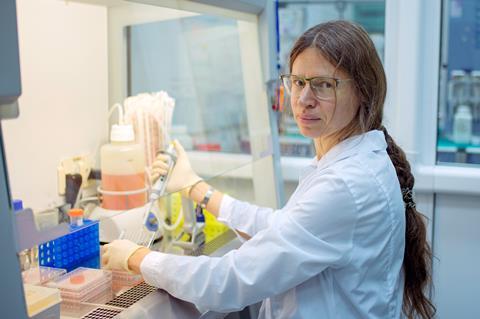
Reliable assays measuring cytotoxicity depend on factors such as exposure time, cell type and marker selection. ‘If you [choose to] only measure one thing at one time point, you risk getting a misleading picture,’ Ananikov tells Chemistry World. ‘Cytotoxicity is not a fixed number; it is a complex and evolving response.’
After examining the cytotoxicity of three widely studied ionic liquids under various conditions, the team is now calling for broader measurement approaches (see box below) in such studies. They hope this will improve reproducibility across experiments and support more informed interpretations.
Heather Wallace, an emeritus professor of toxicology at the University of Aberdeen, UK, however, says the study might imply that a researcher must carry out numerous methods to show that something is cytotoxic, which is ‘absolutely not the case’. ‘You can measure [cytotoxicity] quite simply with a viability assay… This [study] is going into the realms of trying to work out mechanisms of why [something] is cytotoxic… without really defining what they mean by cytotoxicity’.
Wallace says ‘what this [study] is pointing to is that if you’re going to [study cytotoxicity] in green chemistry… you’re going to have produce a structure and framework for assessing and testing, [similar to biology]’.
Three things Ananikov thinks chemists should know about cytotoxicity studies:
Cytotoxicity is a time-dependent process
- Cellular responses to chemicals are dynamic, with different markers having different timeframes
- Test at several time points (eg after 4, 8, 16, 24 and 48 hours) to ensure you don’t miss delayed or cascading events
Cytotoxicity is a dose-dependent process
- Different concentrations of the same chemical can trigger different cellular responses
- Test across a concentration range and create dose–response curves to help establish thresholds
Cytotoxicity is a context-dependent process
- Cell death pathways depend on the environment, and different cell lines respond differently so use several physiologically-relevant cell lines and assess multiple markers of toxicity-related processes
References
K S Egorova et al, Green Chem., 2025, DOI: 10.1039/d5gc00836k



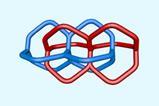
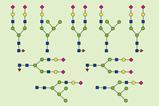
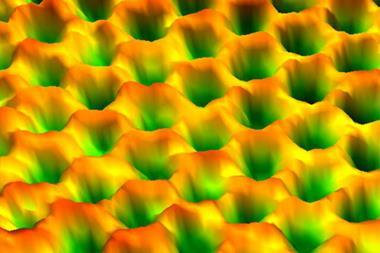
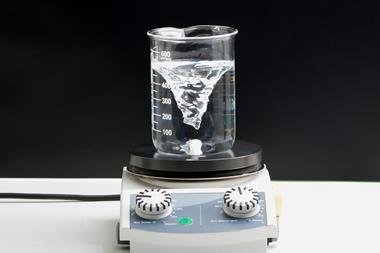
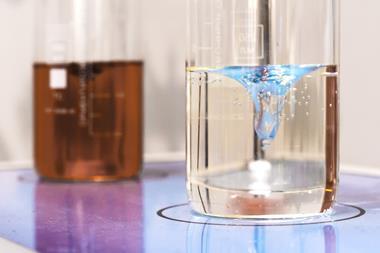

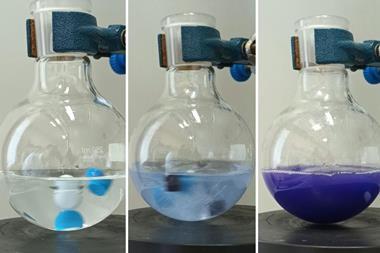

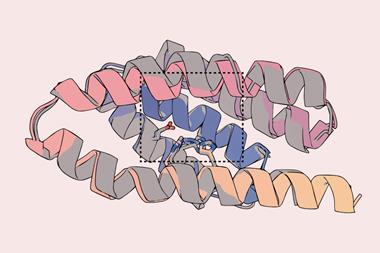

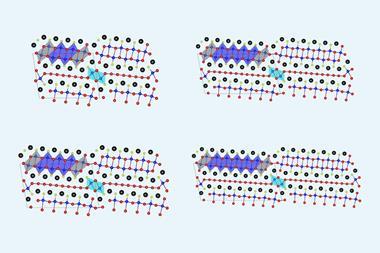
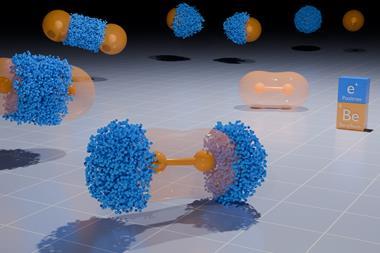
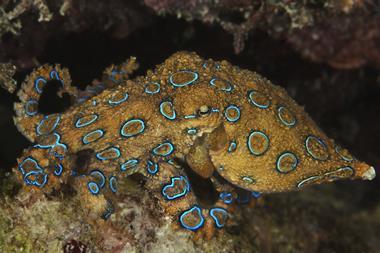
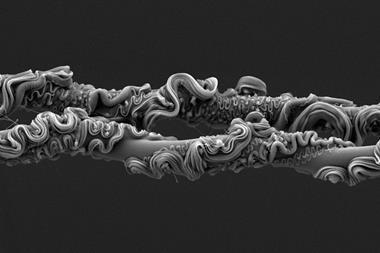
No comments yet